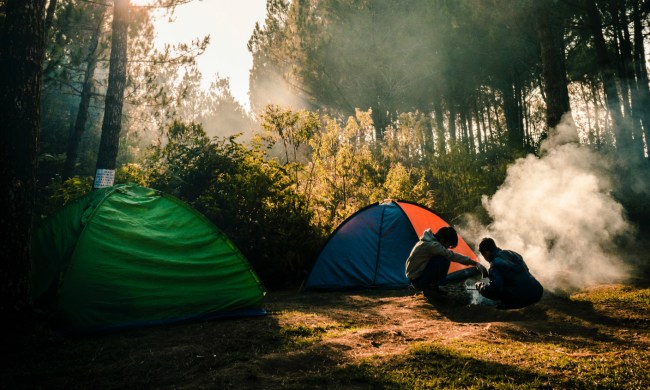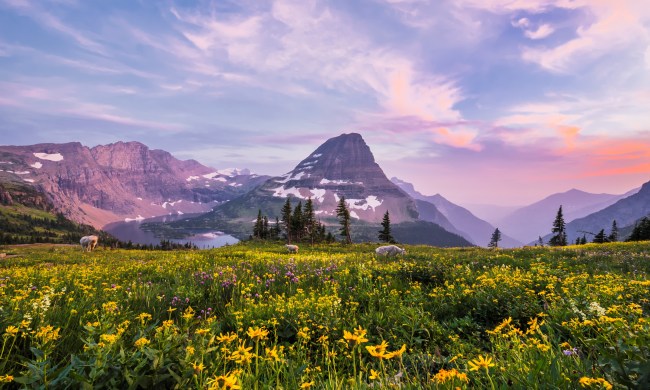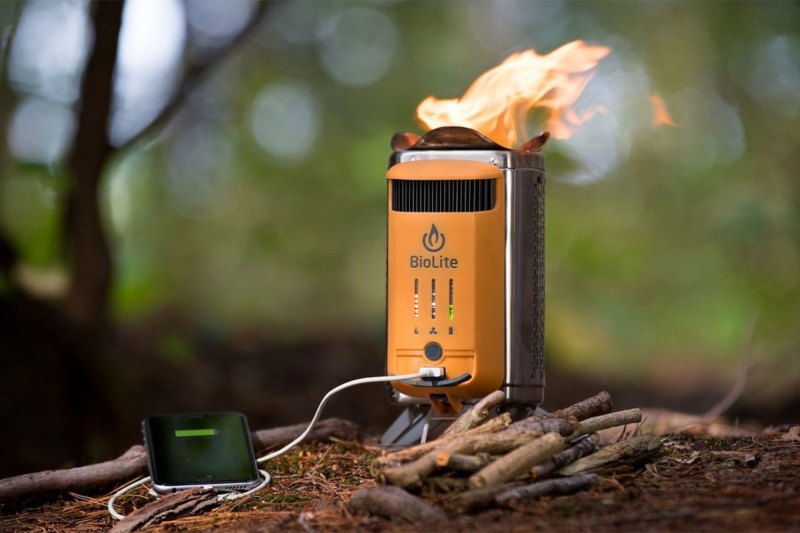
Going on a camping trip and living off-grid like a caveman doesn’t necessarily mean you also need to prepare your food like a caveman. While technology can be a distraction in the backcountry, camping cooking gear is one area where hikers needn’t — and shouldn’t — cut corners. Bring one of these lightweight camp stoves on your next backcountry journey, and you’ll be eating like a king, even when you’re miles from a proper kitchen.
Related Reading
MSR PocketRocket Deluxe Stove
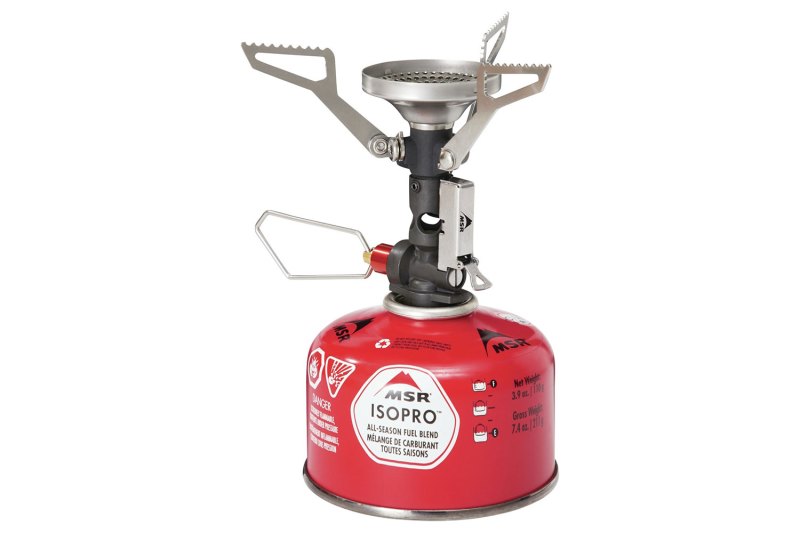
MSR’s PocketRocket is a backcountry classic, well known for its blend of portability, reliability, and affordability. At just 0.3 ounces heavier, the upgraded, 2.9-ounce PocketRocket Deluxe adds must-have features like a push-button Piezo ignitor, a broader, recessed burner head for better wind resistance, and a pressure regulator for improved ignition in high-altitude, extreme-cold conditions. At less than $70 retail, it’s the best all-around backcountry camp stove on the market.
Soto Amicus Stove Cookset Combo

Soto specializes in outdoor stoves and cookware. Though the brand isn’t as widely known as the likes of MSR, its products are often comparable and less expensive. The Amicus Stove Cookset Combo is Soto’s answer to the PocketRocket with many of the same features, including a push-button start and a recessed burner head. The four spring-loaded legs also add convenience and additional support for larger pots. Plus, the combo set adds a large, 1,000-ml pot and a small, 500-ml pot to the mix. With a retail price tag under $45, it’s practically a steal.
BioLite CampStove 2
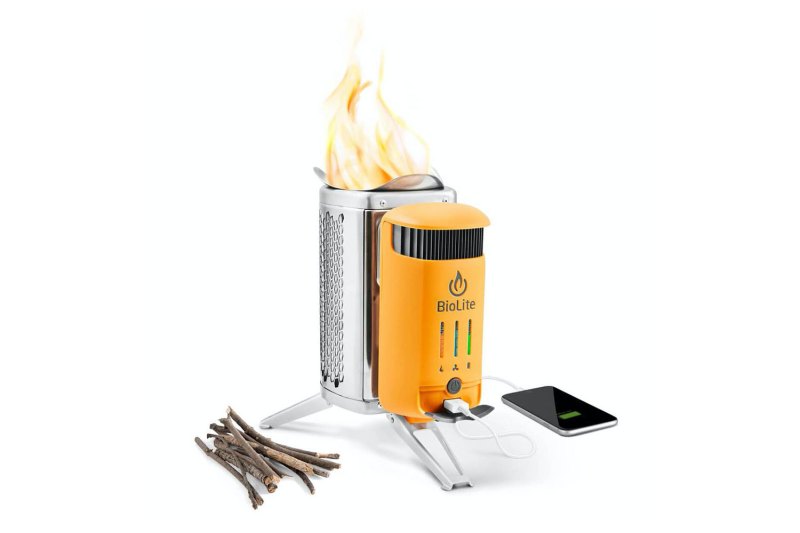
Camp stoves have evolved little in the last few decades, but BioLite has proven to be an exception. The company’s now-famous CampStove 2 adds two key features that few other stoves on the market can claim. First, it relies on burning wood, rather than isobutane canisters, for fuel. It readily burns wood scraps, sticks, or pellets with equal efficiency. Depending on the surrounding landscape, it has the potential to burn almost indefinitely. Plus, it includes a built-in backup battery pack and generates more than three watts of power to charge smartphones, camp lights, and more. At just over two pounds, it’s not as lightweight as the competitors on this list, but it packs down to about the size of a 32-ounce wide-mouth water bottle.
Primus OmniFuel Stove
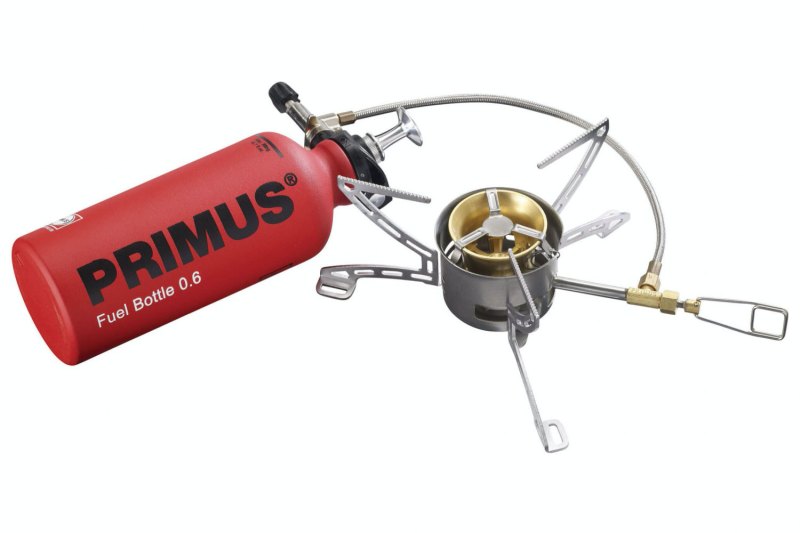
If money is no object, the Primus OmniFuel Stove is one of the best, most versatile camp stoves. With almost two decades on the market, the brand’s most award-winning stove has proven to be extremely robust and capable of surviving the harshest conditions. It handles high altitudes and extreme temperatures with aplomb. Plus, it can run on almost any commercially available fuel, including isobutane, petrol/gasoline, kerosene, and even aviation fuel. The consistently high output makes it an ideal choice when cooking for up to four people. With the included multi-tool, it can also be completely disassembled and reassembled for easy cleaning and maintenance in the field.
To get started with gourmet backcountry cooking, check out our guide to five easy camping meals.

